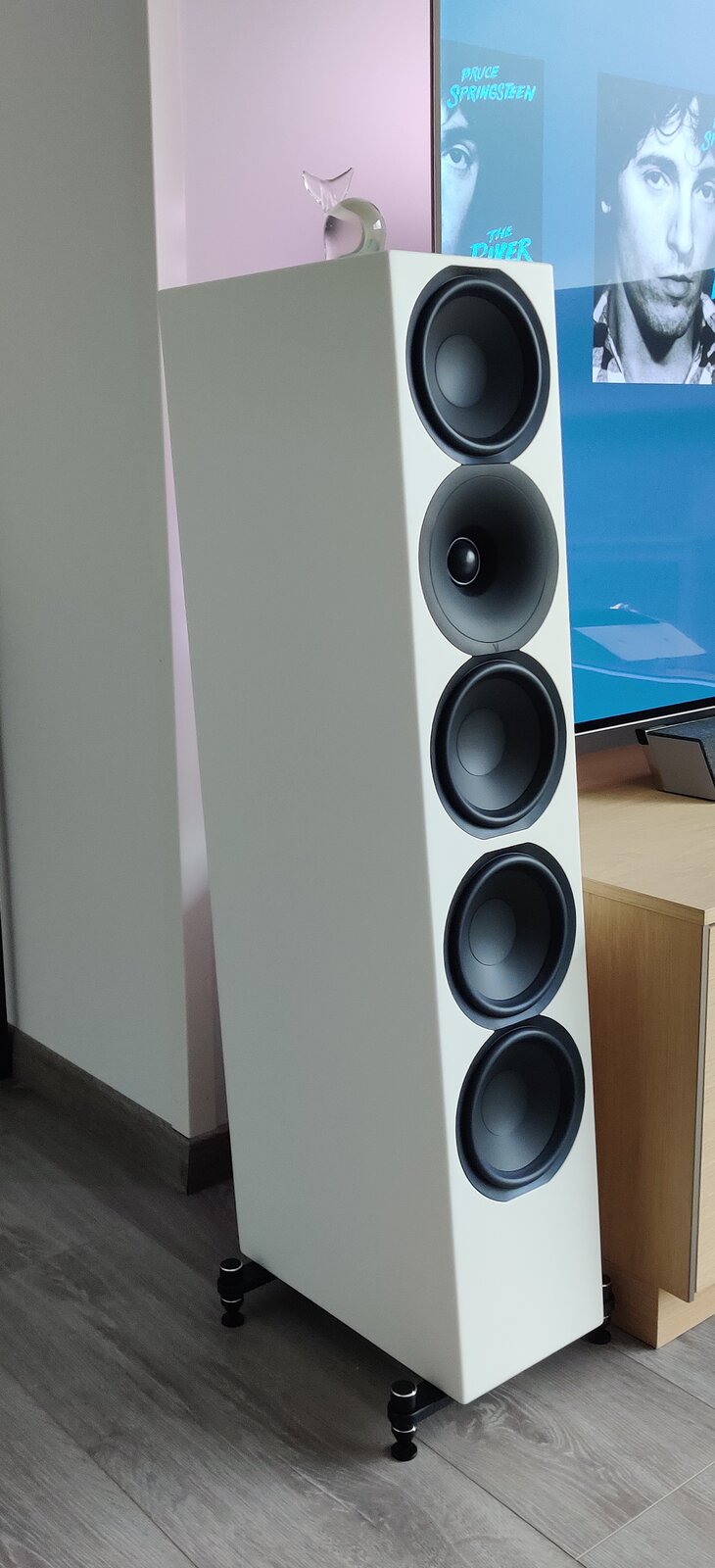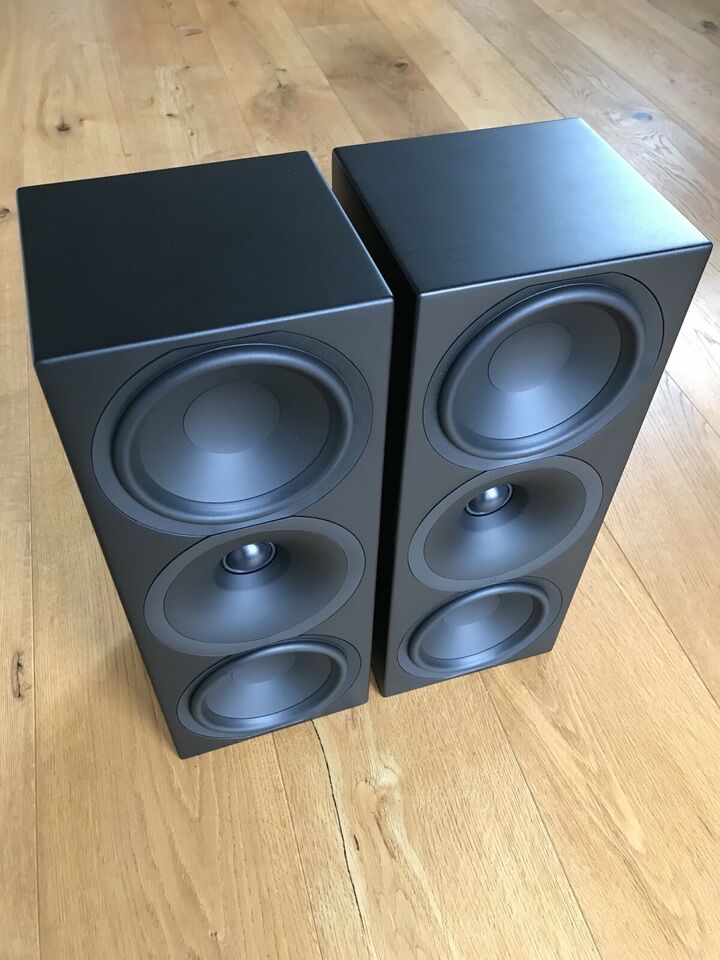1961 Monitor vs 1961 Tower as Front Speakers?
Article summary - TL;DR
- The 1961 Tower's larger cabinet and rear vent provide deeper bass, ideal for setups without subwoofers.
- The 1961 Monitor features a sealed enclosure, making subwoofer integration smooth and easy.
- For optimal sound, placement of subwoofers affects your speaker choice—consider where they will go in the room.
- If subs are positioned in front, the 1961 Monitor can deliver a cohesive soundstage, enhanced by Arendal Sound subs.
- Enhance your audio-visual setup with the 1961 Tower for expansive sound quality.
The main difference between these speakers is how deep they play and the amount of bass they can convey.

1961 Tower has a vent in the rear and a significantly larger cabinet, so it will naturally be better suited for setups that don’t have subwoofer(s). The 1961 Monitor is a sealed enclosure that naturally rolls off around 70Hz, which makes subwoofer integration very easy.
Let’s assume you have one or several subwoofers. In this case it will depend where you can place the subwoofers in your room. If you are only able to place the subwoofers behind or to the side of the listening position, then you will likely have a better integration using the Tower speaker as you can set the crossover frequency lower and thus it will be harder to locate the placement of the subwoofer(s).

If you have subwoofer(s) placed on the front wall where the speakers are, you really have no need for the larger Tower unless you are using subwoofers from other brands that are not as dynamic and tight sounding as Arendal Sound subwoofers are. Our subwoofers will meld into the soundstage of the Monitor speakers making them sound like huge speakers. There is really no gain opting with the Tower speakers in this configuration, well unless you simply like the looks of them.
Frequently asked questions
What is the main difference between the 1961 Tower and the 1961 Monitor speakers?
The key difference is the depth of bass and how low each speaker can play. The 1961 Tower has a larger cabinet and is better for setups without subwoofers, while the 1961 Monitor has a sealed design that integrates easily with subwoofers.
How does the cabinet design affect bass performance?
The 1961 Tower's larger cabinet allows for deeper bass performance, making it ideal for those who may not have subwoofers. In contrast, the sealed enclosure of the 1961 Monitor naturally rolls off bass around 70Hz, optimizing it for subwoofer integration.
Which speaker is better if I have multiple subwoofers?
If your subwoofers are placed behind or to the side of your listening position, the 1961 Tower will provide better integration since you can set the crossover frequency lower, making the subwoofers harder to localize.
Can the 1961 Monitor speakers deliver powerful sound when used with subwoofers?
Yes, when paired with Arendal Sound subwoofers, the 1961 Monitor can create a soundstage that feels like larger speakers, effectively blending the bass and achieving dynamic sound quality.
Is there any advantage in using the 1961 Tower if my subwoofers are positioned at the front?
If your subwoofers are on the front wall, using the 1961 Tower may not provide any significant benefit over the Monitor. The Monitor will integrate seamlessly with the subwoofers, creating a big sound without needing the Tower's larger cabinet.
What considerations should I have when choosing between these speakers?
Consider your room layout, especially where your subwoofers are placed. If you have limited options for subwoofer placement, the 1961 Tower might be more suitable. Otherwise, the 1961 Monitor is ideal for setups with front-positioned subwoofers.
Are the Arendal Sound subwoofers compatible with both speaker types?
Yes, Arendal Sound subwoofers are designed to work perfectly with both the 1961 Tower and the 1961 Monitor, ensuring a cohesive sound experience across your setup.
How does the sound quality compare between the Tower and Monitor?
The 1961 Tower offers deeper bass due to its larger cabinet, while the 1961 Monitor excels in clarity and seamless integration with subwoofers, making both options excellent depending on your specific audio needs.








